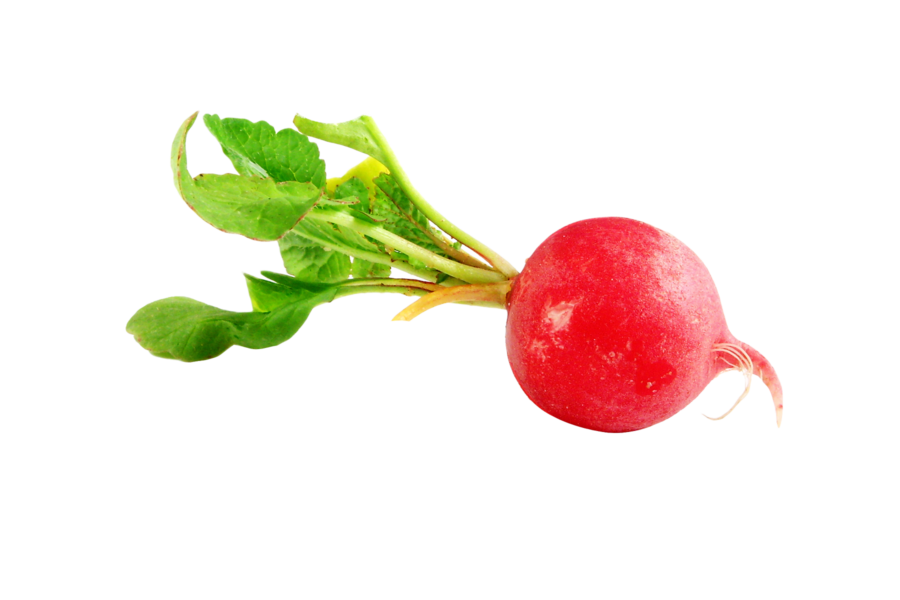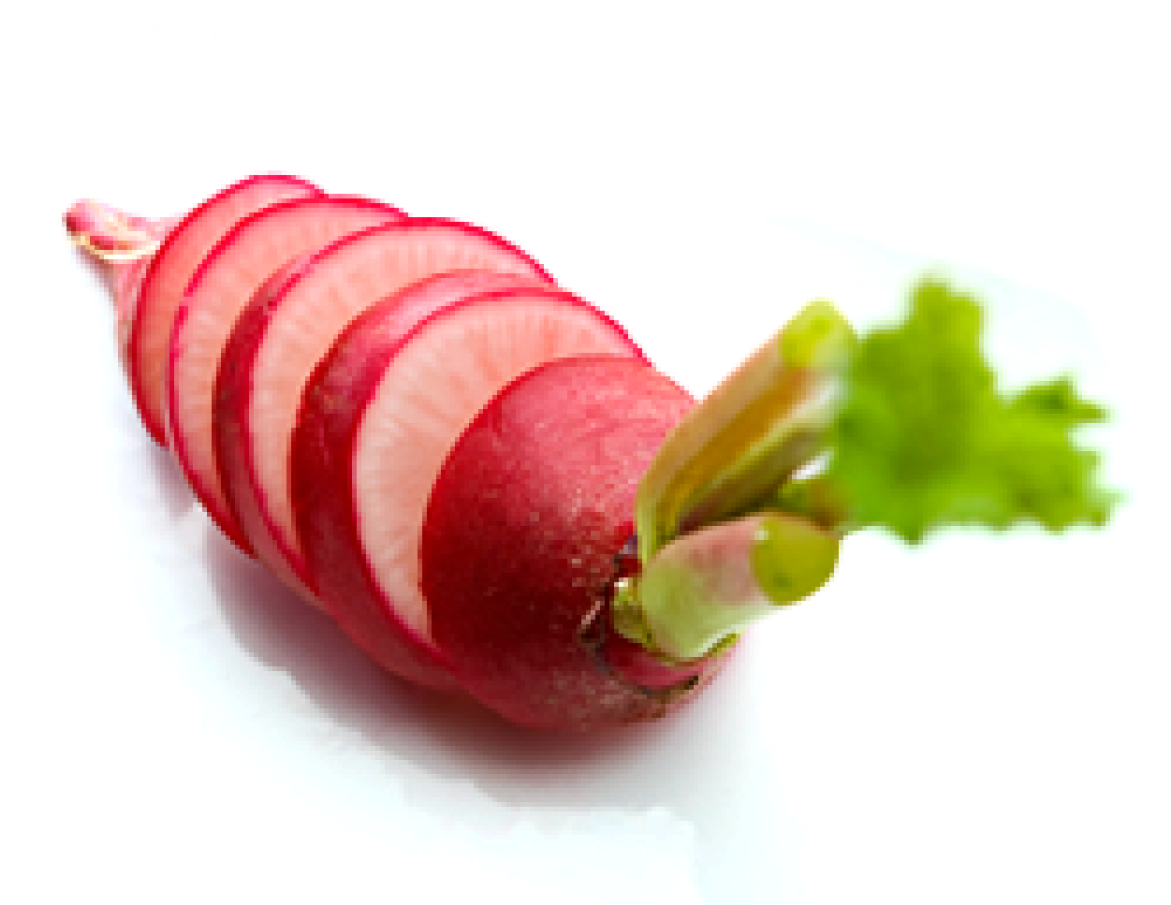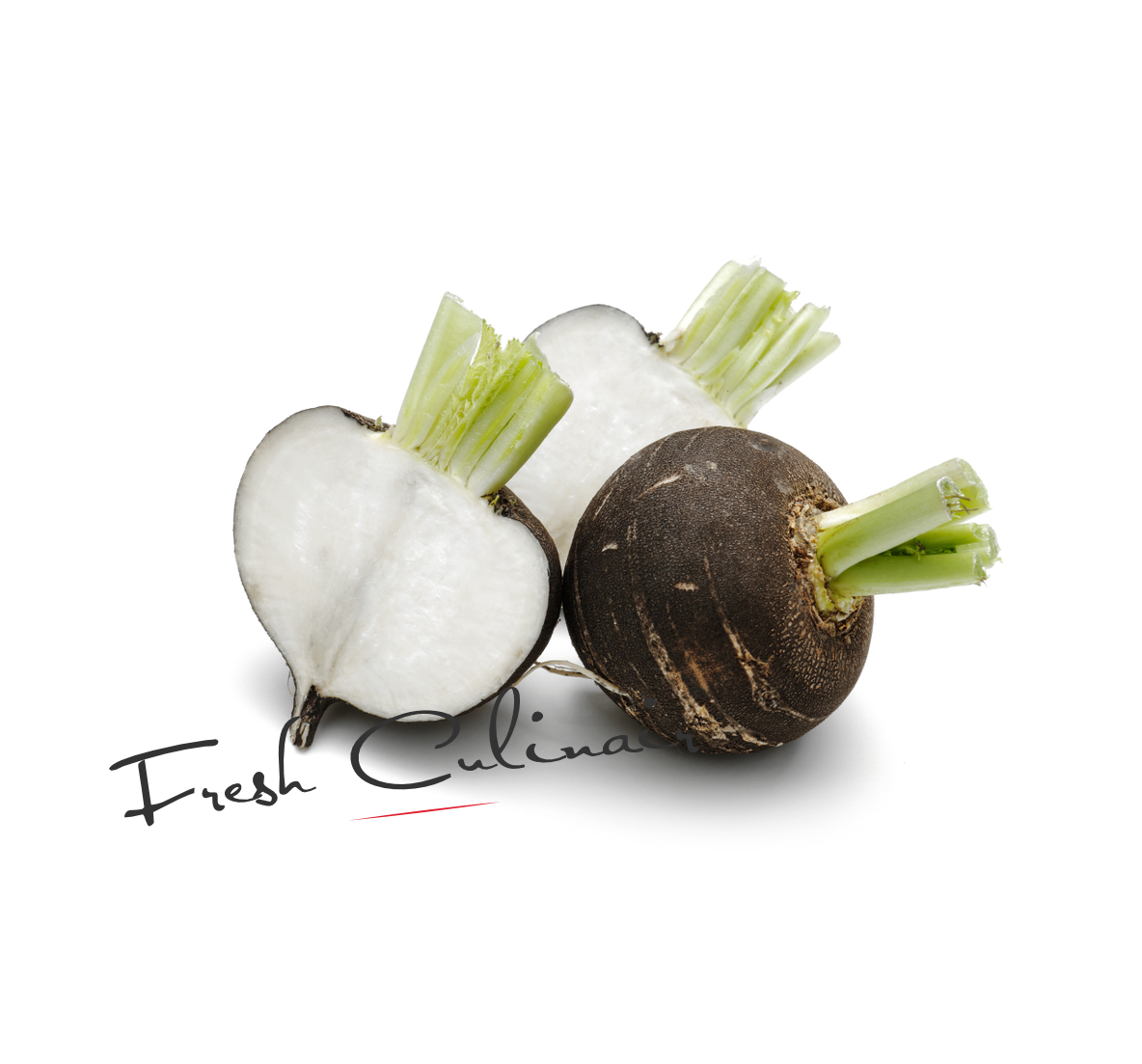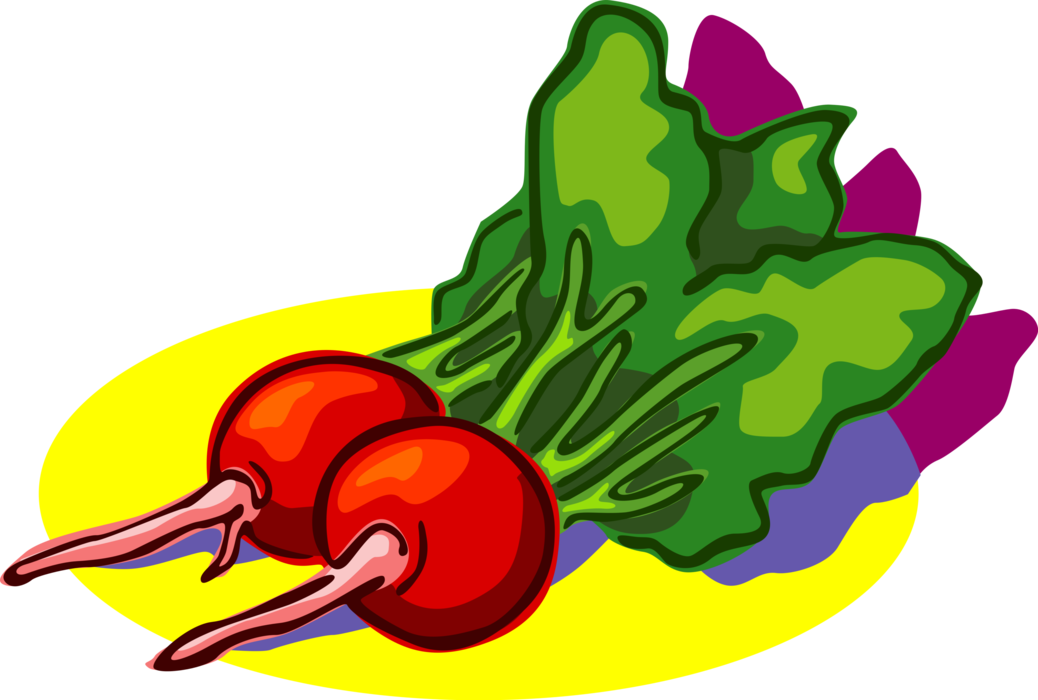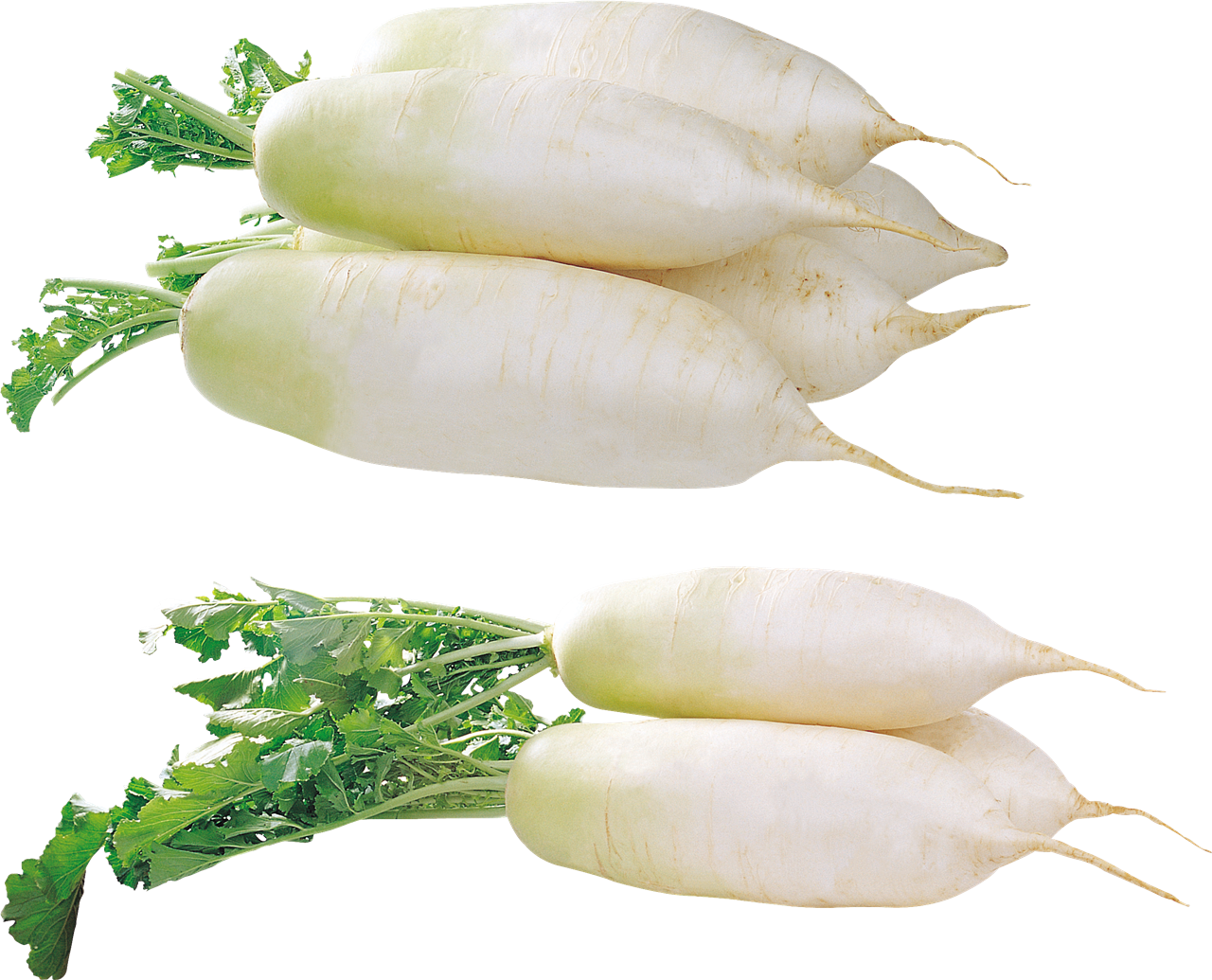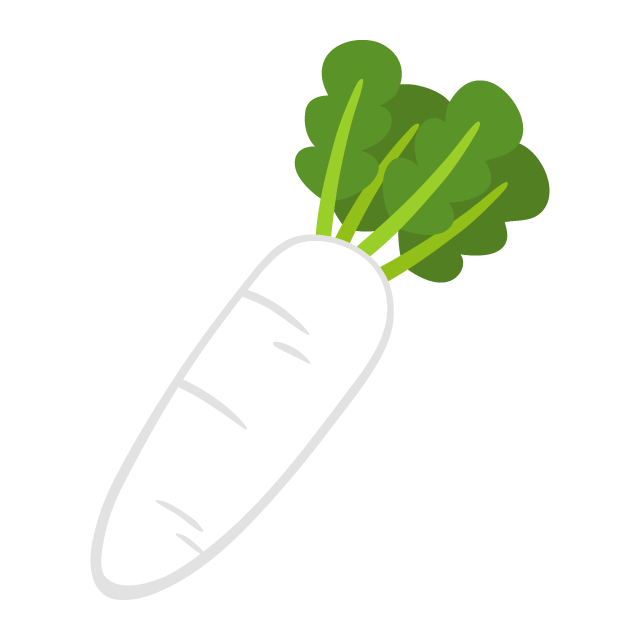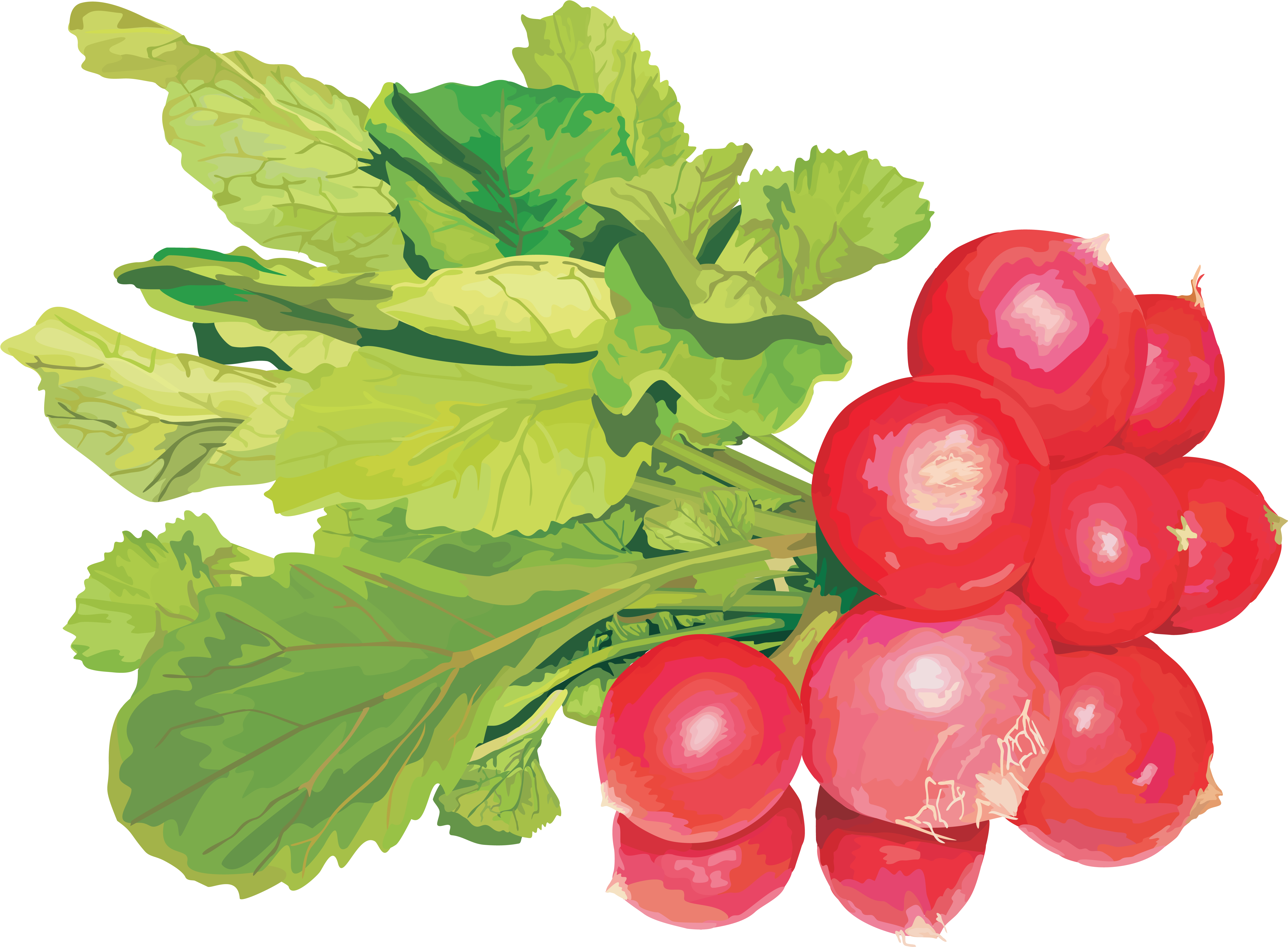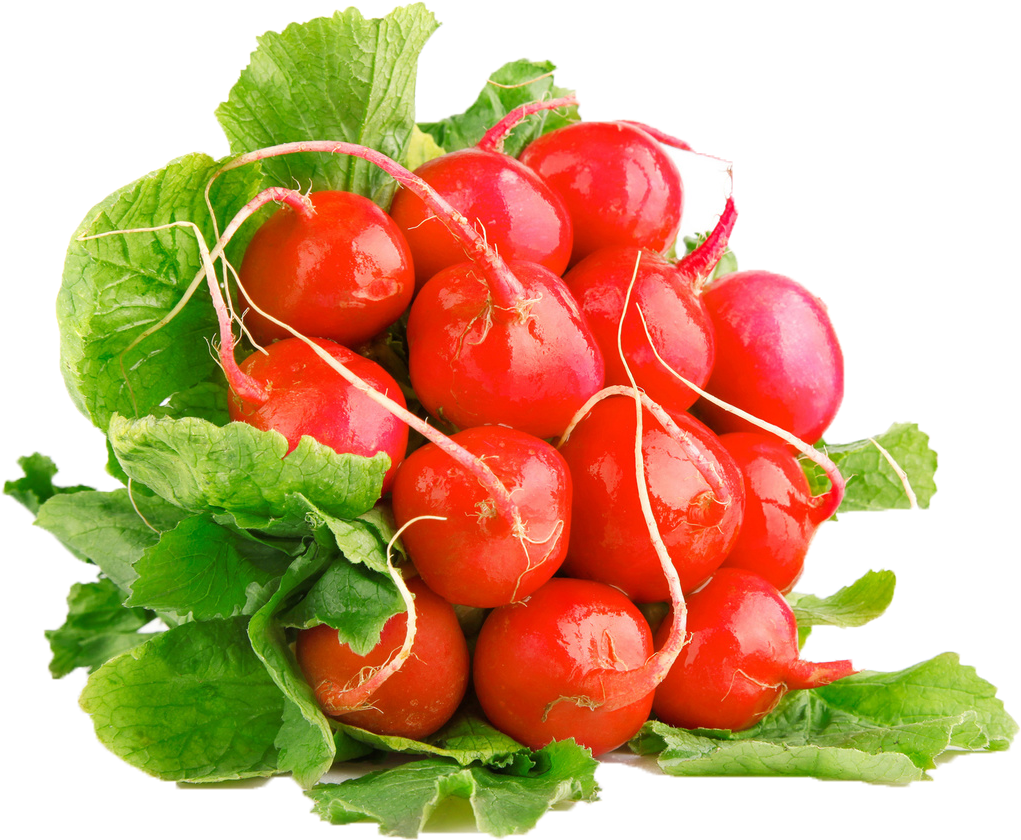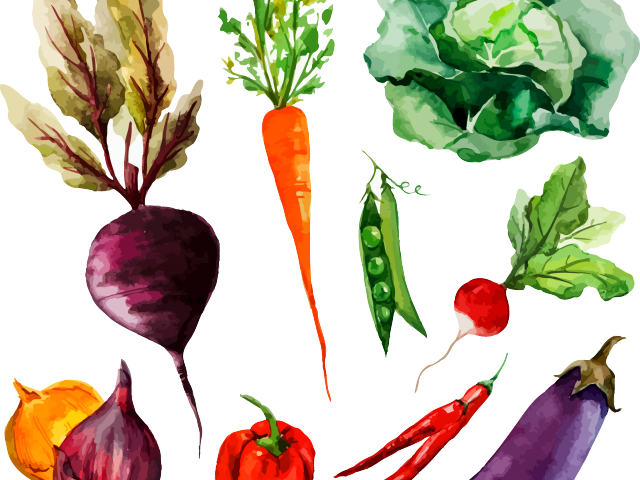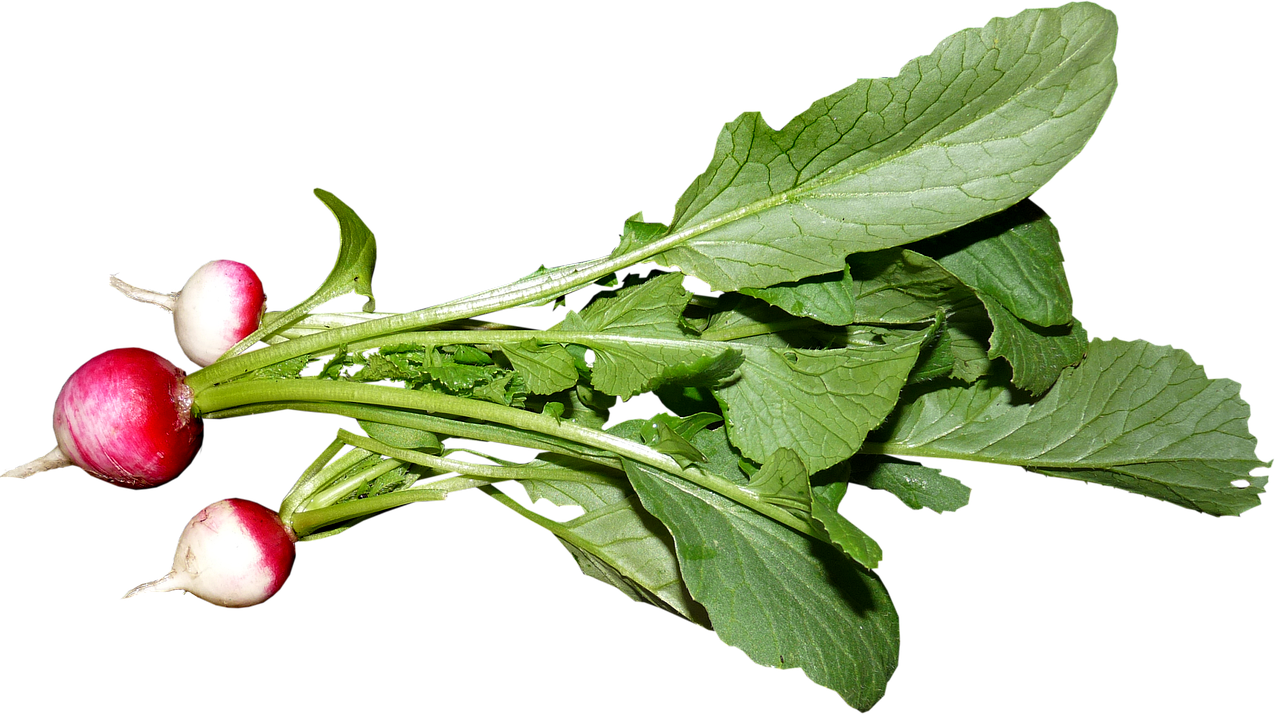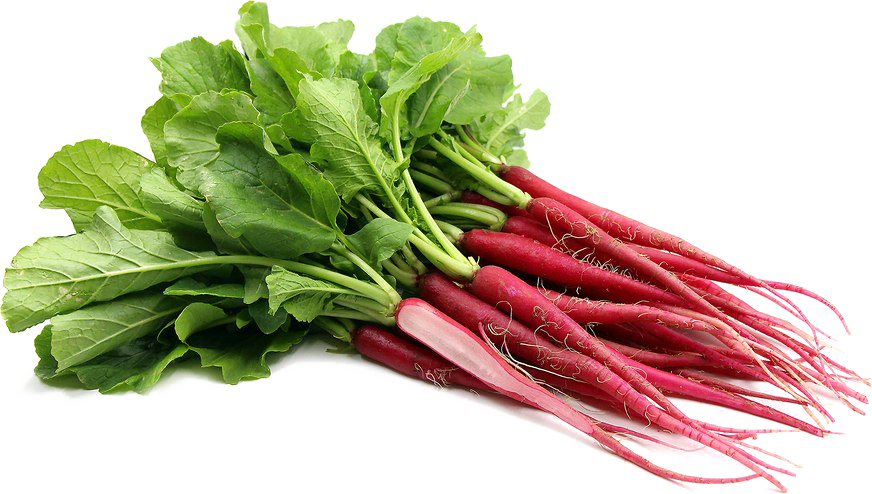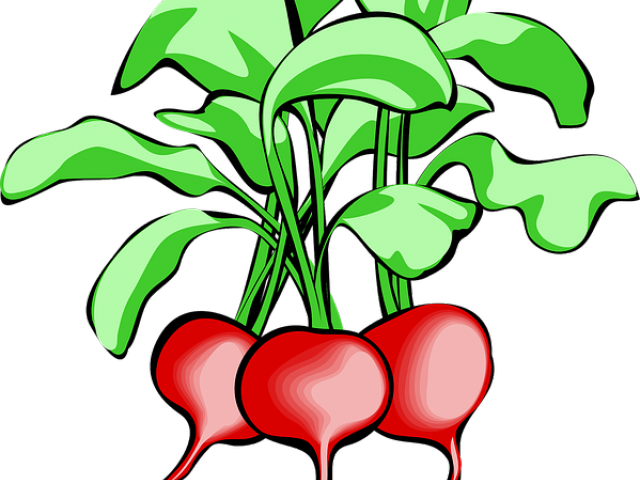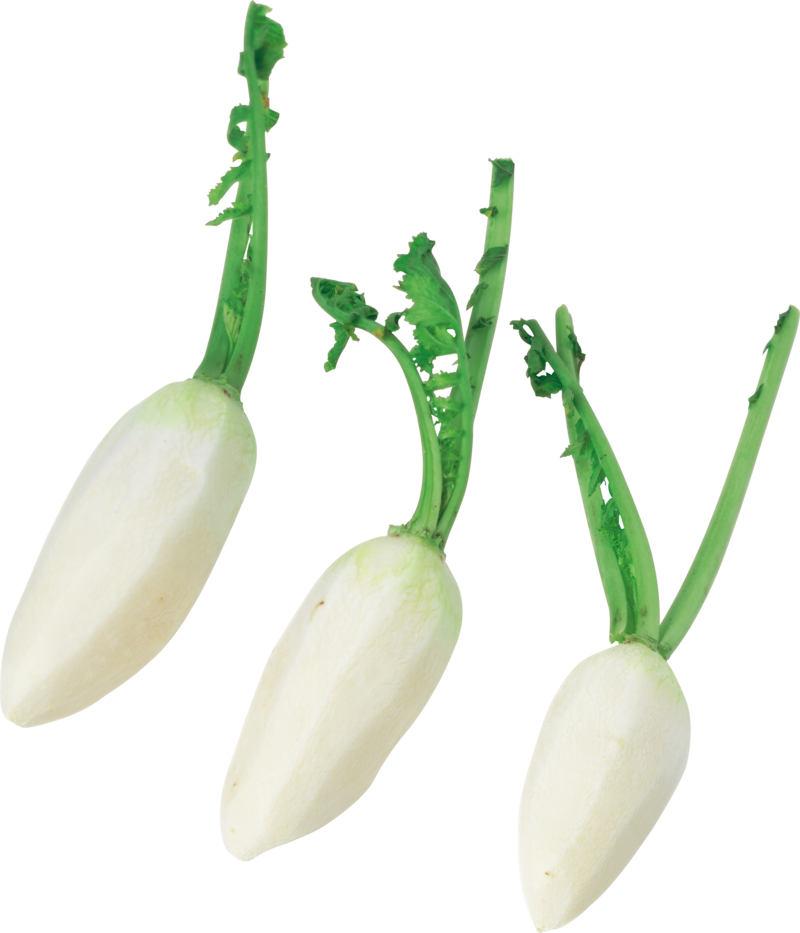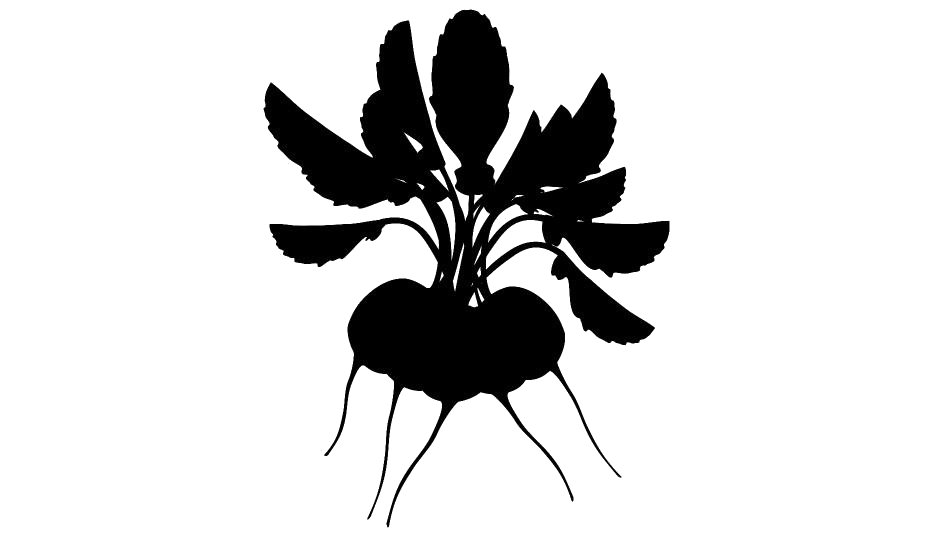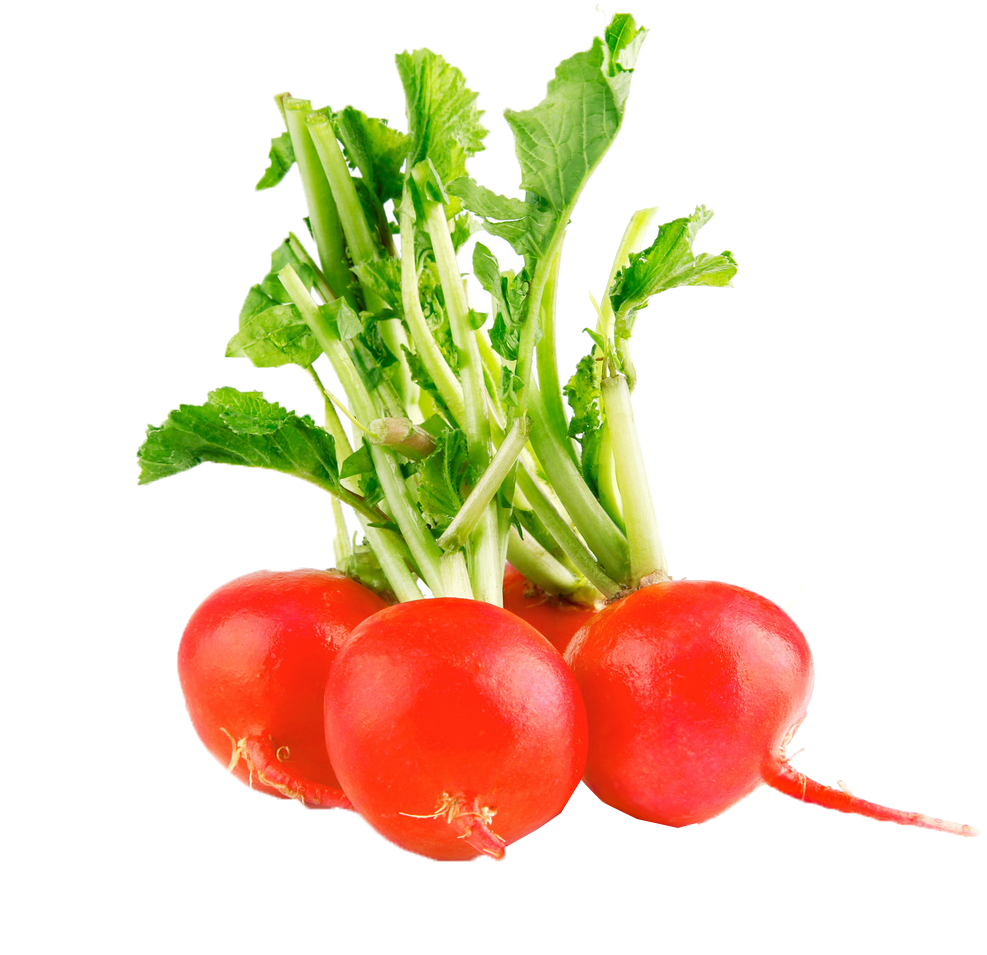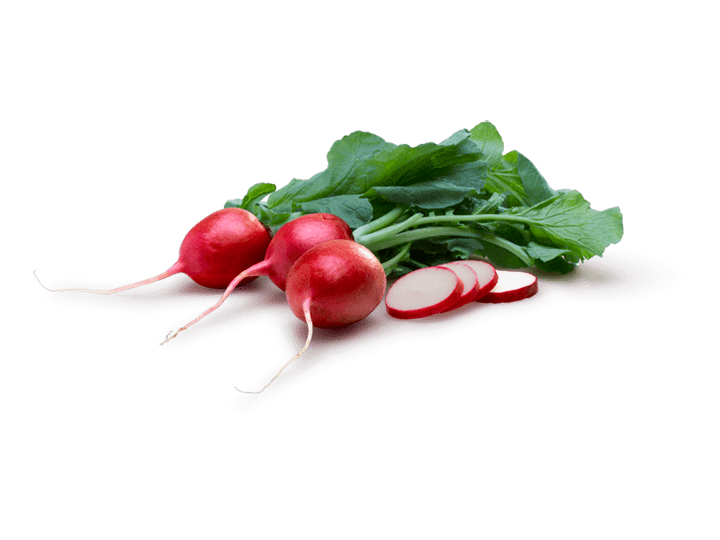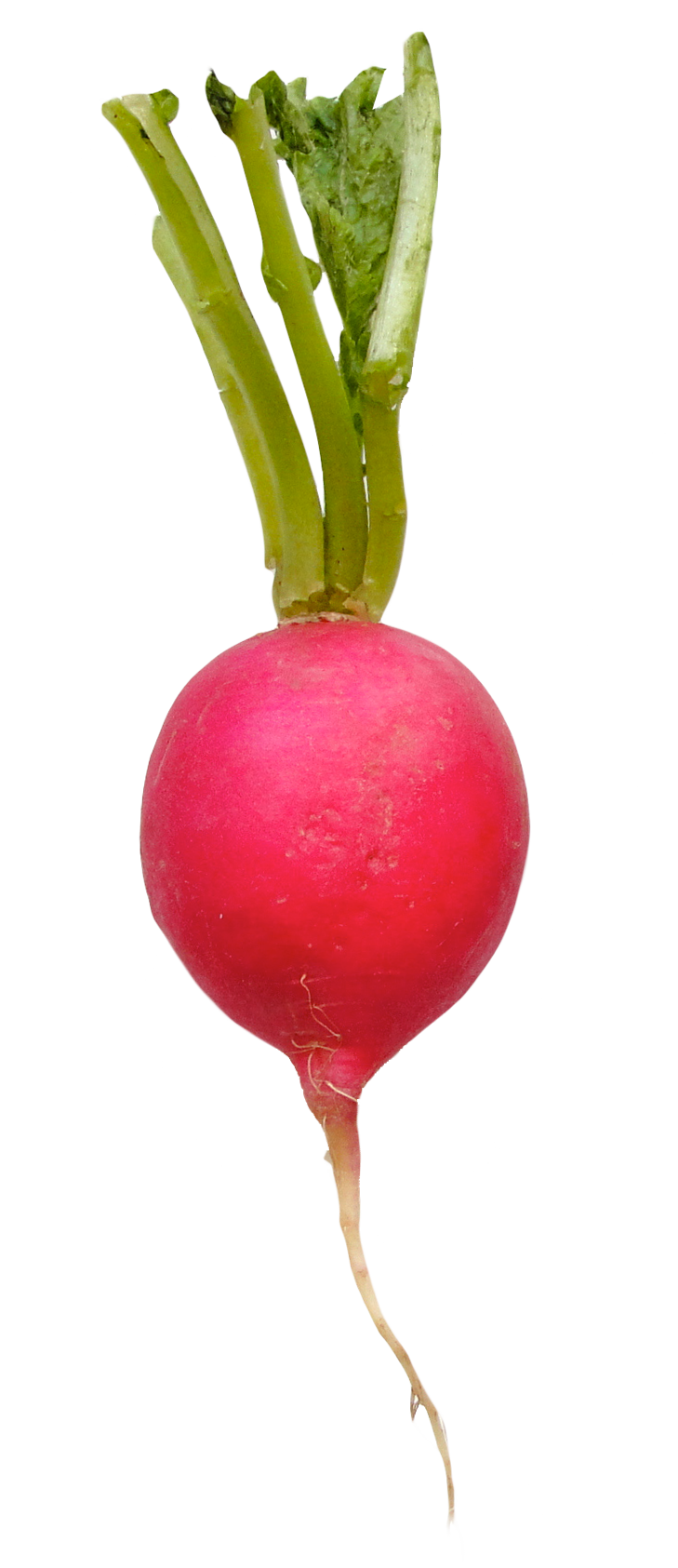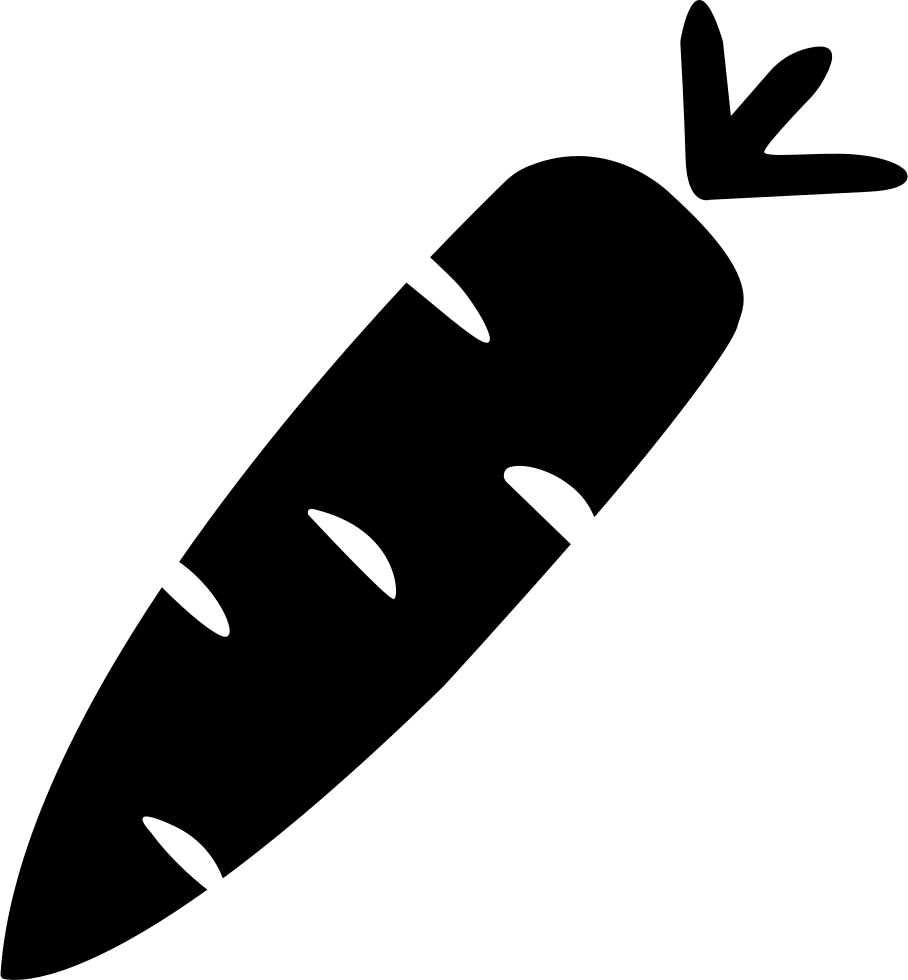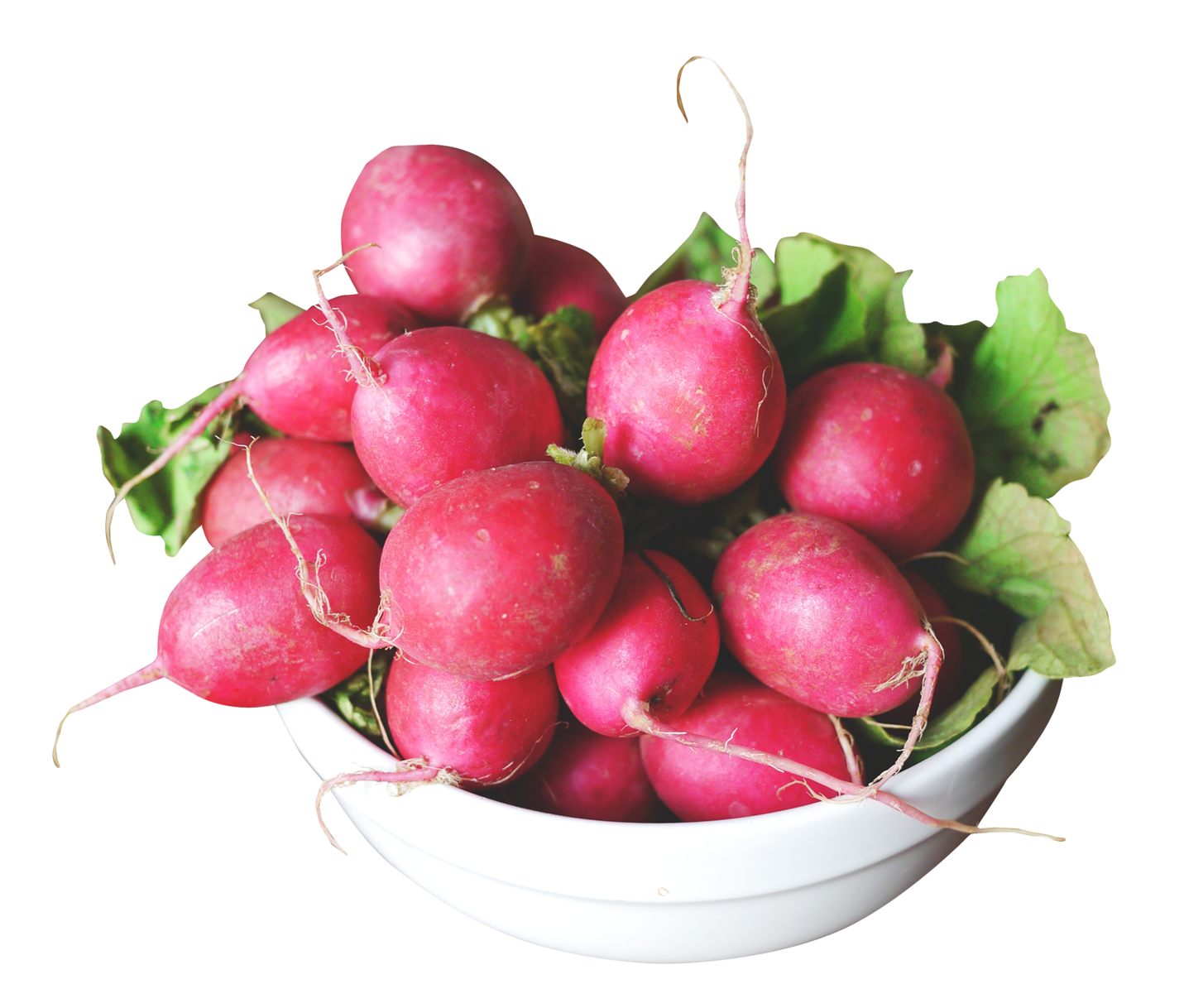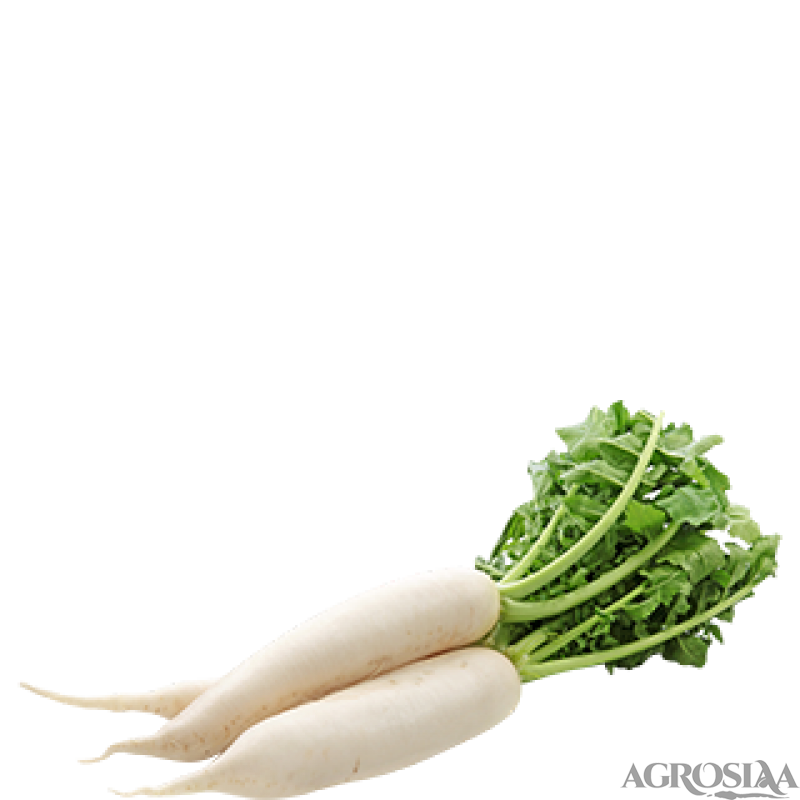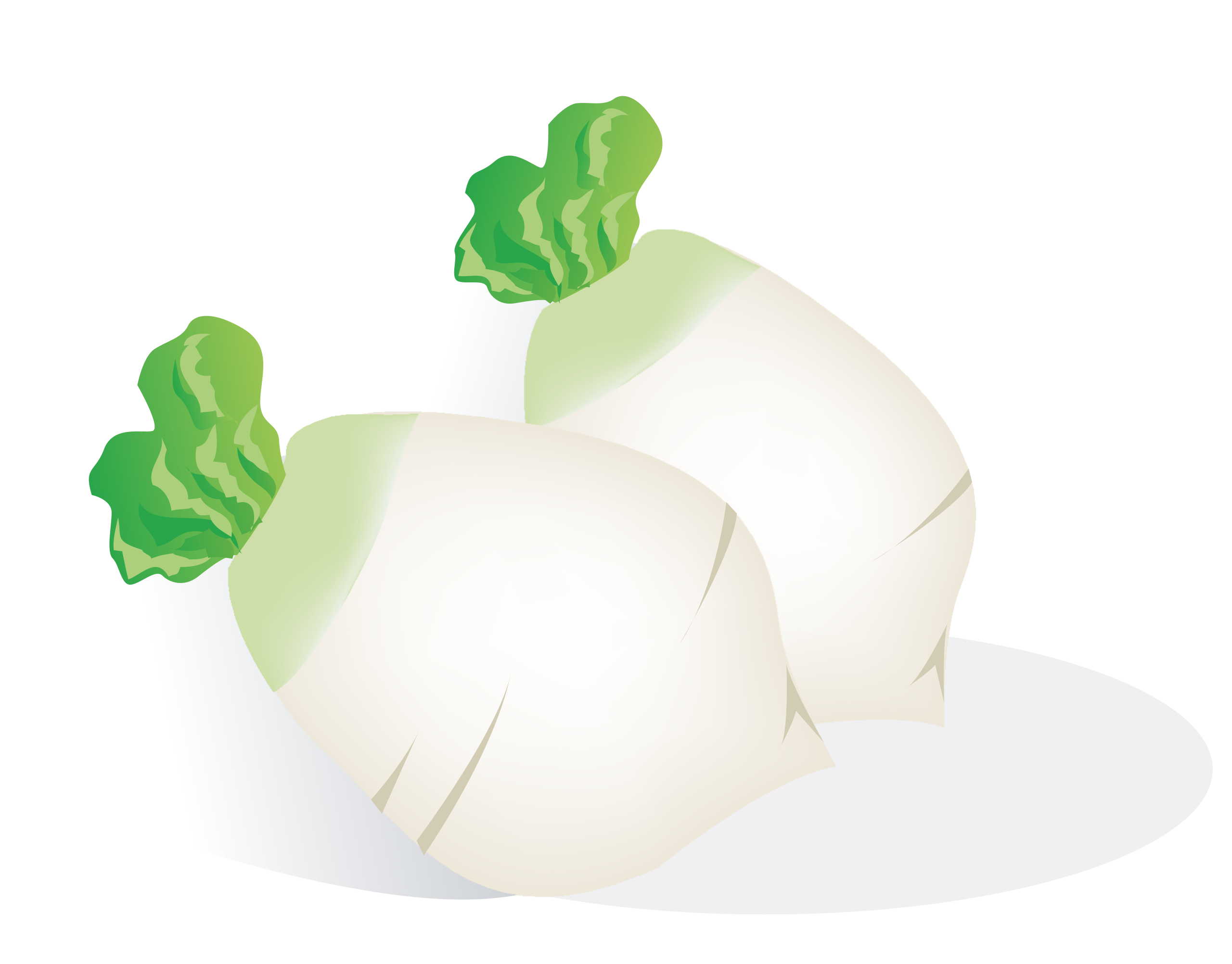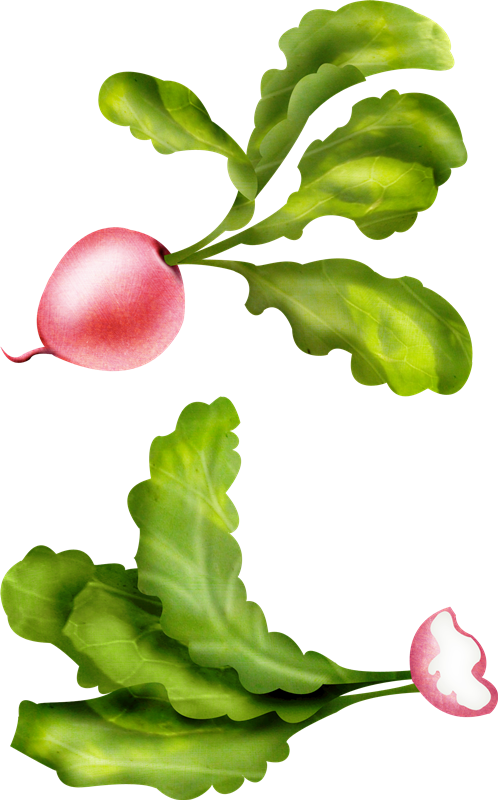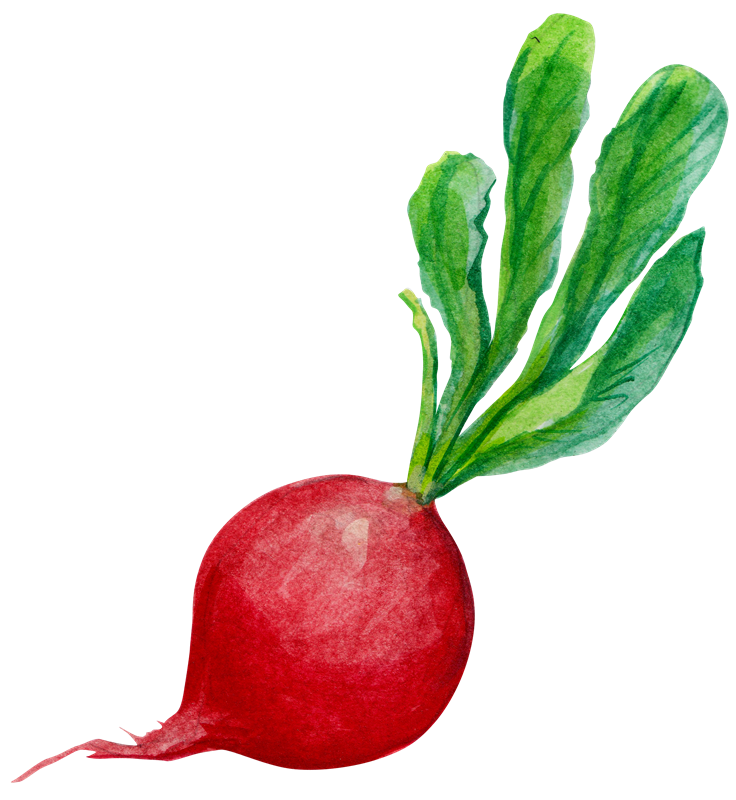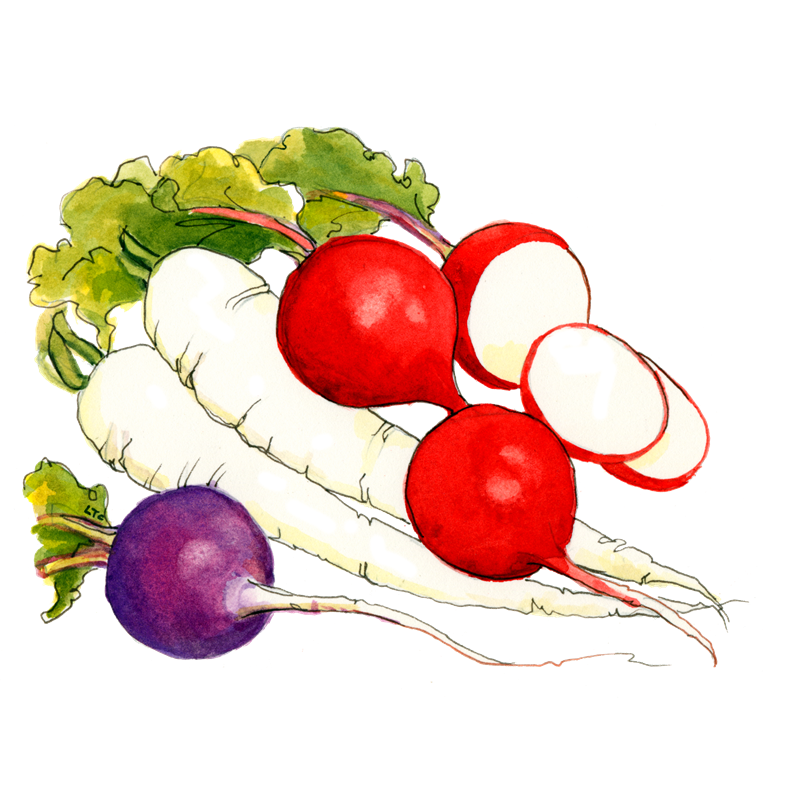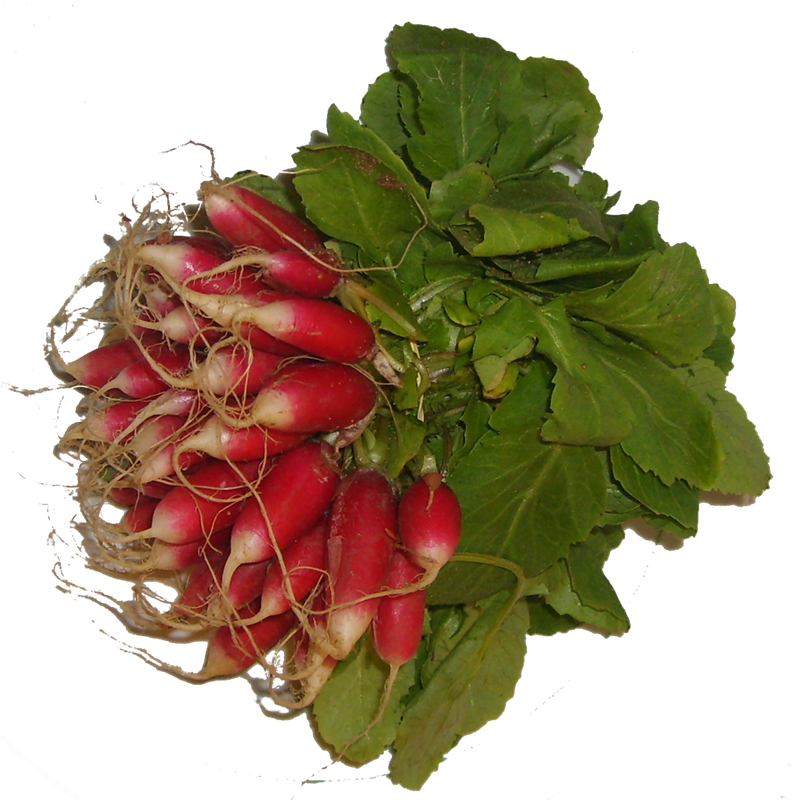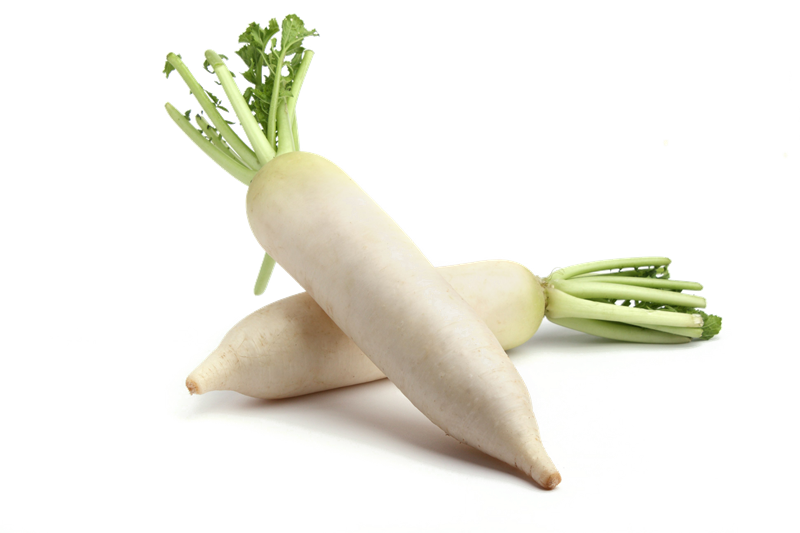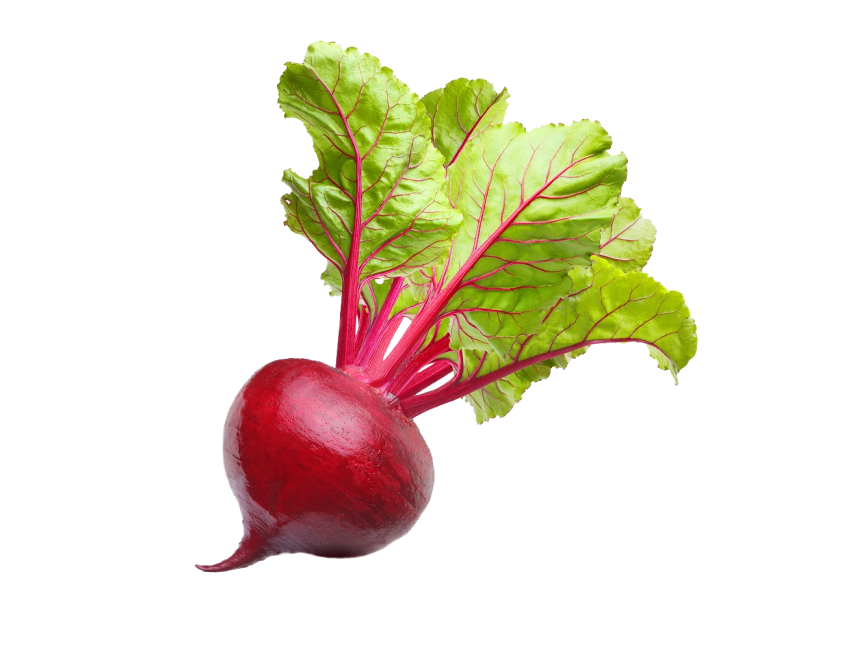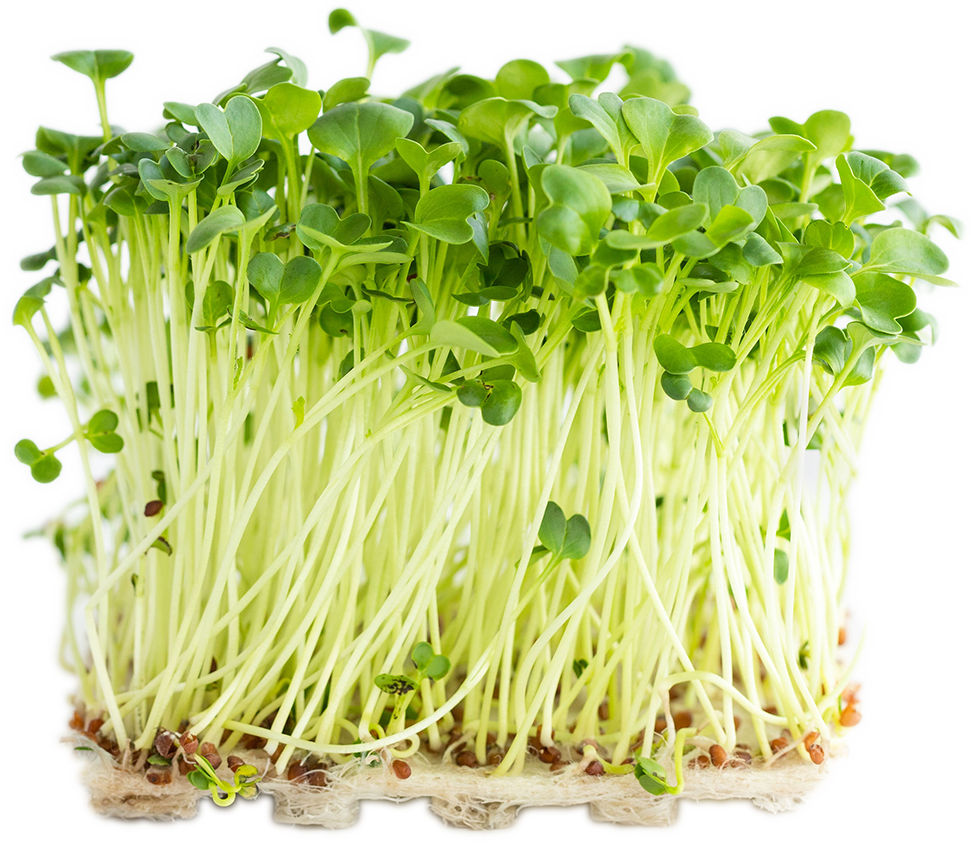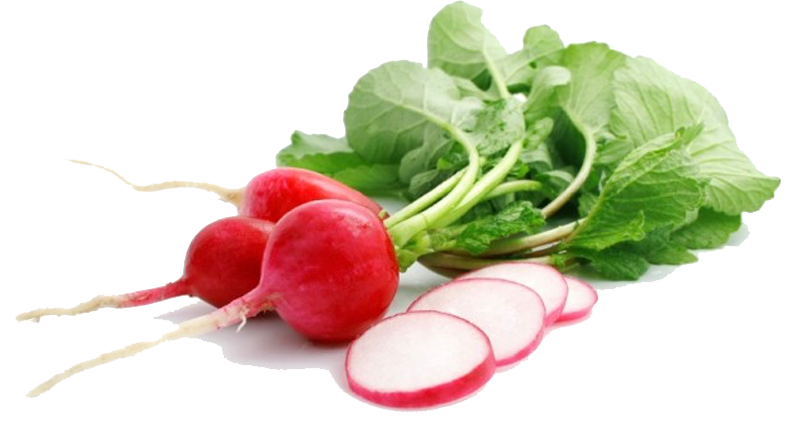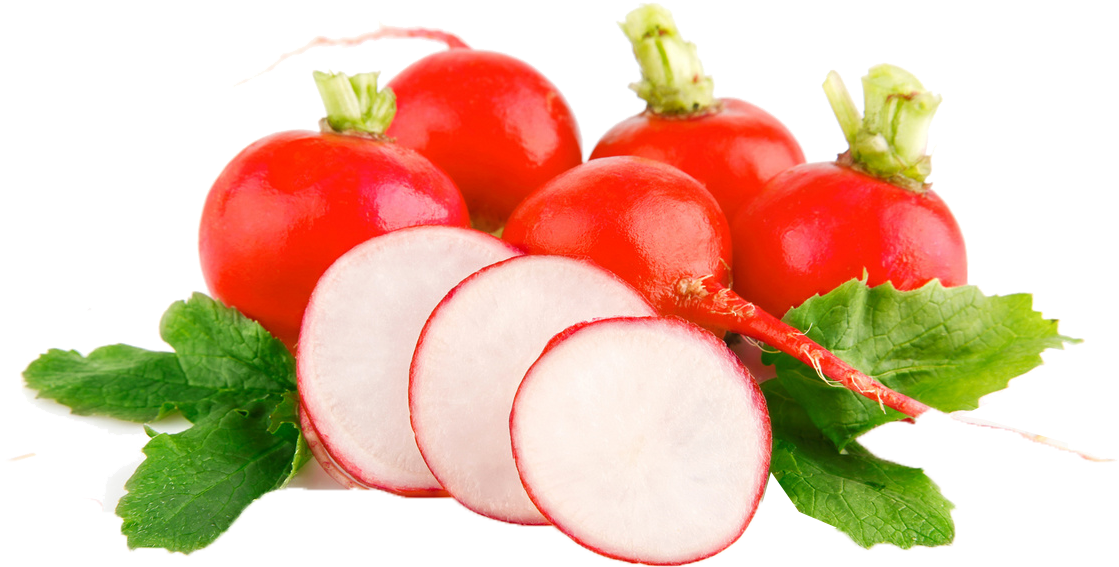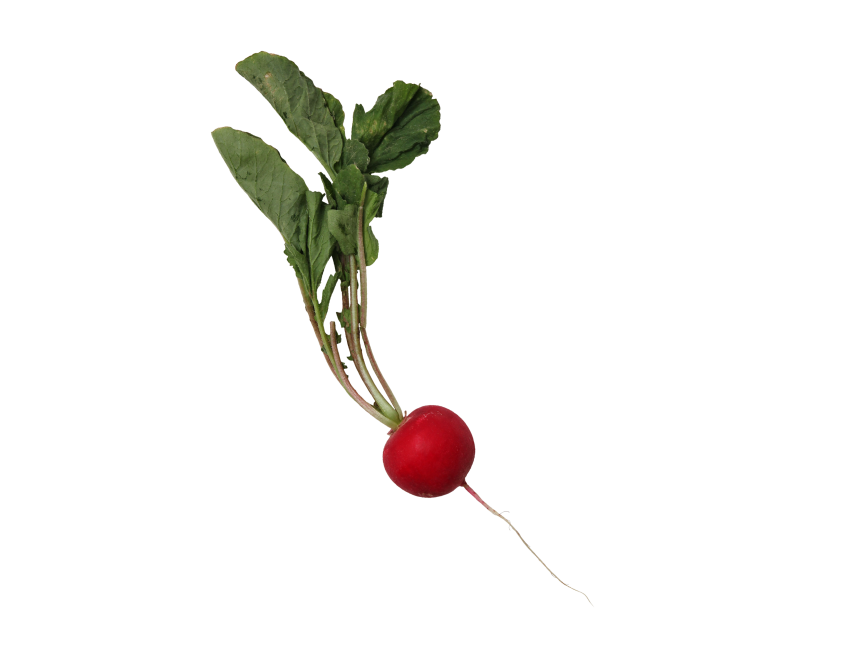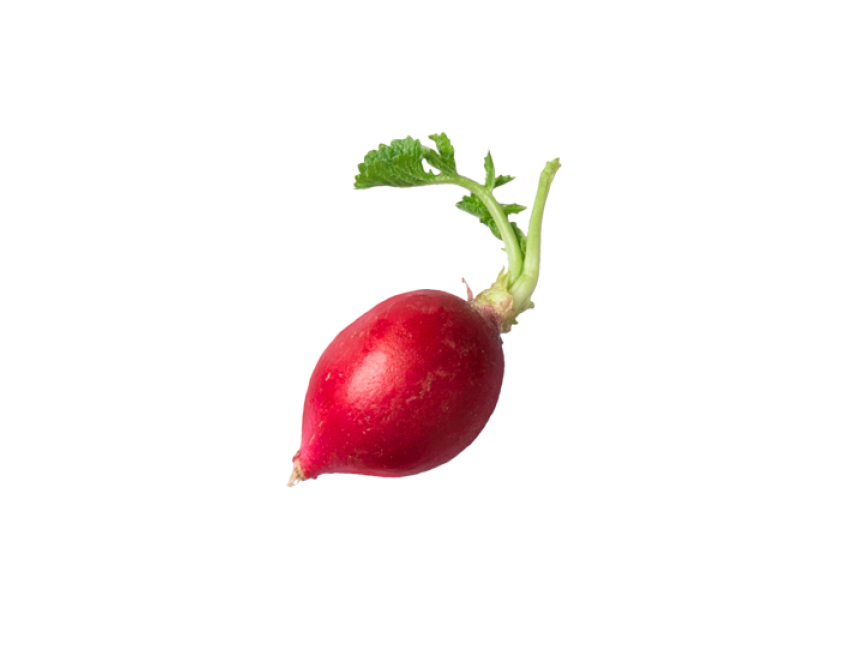Download top and best high-quality free Radish PNG Transparent Images backgrounds available in various sizes. To view the full PNG size resolution click on any of the below image thumbnail.
License Info: Creative Commons 4.0 BY-NC
The radish is a root vegetable from the Brassicaceae family that was cultivated in Asia before the Roman era.
Radishes are cultivated and eaten all over the world, with the majority of them being eaten raw as a crisp salad vegetable with a pungent flavor. There are various kinds, each with its own size, flavor, color, and maturation period. Radishes get their strong flavor from glucosinolate, myrosinase, and isothiocyanate, among other chemical compounds generated by the plants. They’re sometimes grown as a companion plant, and and suffer from few pests and diseases.
They sprout and develop swiftly, with typical smaller types ready to eat in a month and bigger daikon kinds taking many months. Radishes are popular among new gardeners because they are simple to cultivate and harvest. Radish may also be used as a winter cover or catch crop, as well as a fodder crop. Some radishes are produced for their seeds, while others, like daikon, are grown for their oil. Others are utilized in the sprouting process.
Radish varieties are now widely dispersed around the world, but there are few archeological records to assist identify their early origins and domestication. Scientists have provisionally pinpointed Southeast Asia as the birthplace of Raphanus sativus, as this is the only location where fully wild species have been identified. India, Central China, and Central Asia appear to have served as secondary hubs for the development of various forms. Radishes first appear in history around the third century BC.
Small, big, round, long, mild, and keen types were described by Greek and Roman agriculturalists in the first century AD. One of the first European crops to be brought to the Americas appears to have been the radish. In 1544, a German botanist recorded radishes weighing 45 kilos (100 pounds) and measuring 90 centimetres (3 feet) in length, however nowadays the Japanese Sakurajima radish is the only type of that size. The East Asian variety, which is big, mellow, and white, was created in China, although it is most commonly associated with the Japanese daikon in the West due to Japanese agricultural growth and higher exports.
Radishes are brassicaceous crops that are grown for their enlarged tap roots, which can be globular, tapered, or cylindrical. They are planted as annual or biennial crops. The color of the root skin varies from white to pink, red, purple, yellow, green, and black, although the flesh is often white. Anthocyanins give the roots their color. The anthocyanin pelargonidin is used as a pigment in red variations, whereas cyanidin is used in purple cultivars. Smaller varieties have a few leaves that are approximately 13 cm (5 in) long and have spherical roots that are up to 2.5 cm (1 in) in diameter or slender, long roots that are up to 7 cm (3 in) in length.
Both of these ingredients are often served uncooked in salads. Oriental radishes, daikon or mooli, and winter radishes have a longer root shape that grows up to 60 cm (24 in) long with foliage that is around 60 cm (24 in) high with a spread of 45 cm (18 in). The flesh of freshly picked radishes is crisp and delicious, but if the vegetable is left in the ground for too long, it becomes bitter and hard. A rosette of leaves is formed. They are split pinnately, with a larger terminal lobe and smaller lateral lobes, and have a lyrate form. A racemose inflorescence bears the white flowers. When young, the fruits are tiny pods that can be eaten.
Download Radish PNG images transparent gallery.
- Radish PNG Photo
Resolution: 900 × 600
Size: 215 KB
Image Format: .png
Download
- Radish PNG Image HD
Resolution: 1367 × 1153
Size: 658 KB
Image Format: .png
Download
- Radish PNG File Download Free
Resolution: 1171 × 905
Size: 374 KB
Image Format: .png
Download
- Radish PNG
Resolution: 1184 × 1103
Size: 747 KB
Image Format: .png
Download
- Radish PNG Image
Resolution: 1038 × 700
Size: 572 KB
Image Format: .png
Download
- White Radish
Resolution: 1280 × 1035
Size: 1810 KB
Image Format: .png
Download
- White Radish PNG
Resolution: 640 × 640
Size: 25 KB
Image Format: .png
Download
- Radish Vector
Resolution: 5839 × 4294
Size: 1786 KB
Image Format: .png
Download
- Radish Vector PNG
Resolution: 1021 × 840
Size: 1596 KB
Image Format: .png
Download
- Radish Vector PNG Image
Resolution: 640 × 480
Size: 319 KB
Image Format: .png
Download
- Radish PNG Clipart
Resolution: 1280 × 714
Size: 952 KB
Image Format: .png
Download
- Radish PNG Free Download
Resolution: 872 × 494
Size: 586 KB
Image Format: .png
Download
- Radish Vector Transparent
Resolution: 640 × 480
Size: 254 KB
Image Format: .png
Download
- White Radish PNG Image
Resolution: 800 × 933
Size: 373 KB
Image Format: .png
Download
- Radish Silhouette
Resolution: 934 × 534
Size: 100 KB
Image Format: .png
Download
- Radish PNG File
Resolution: 987 × 955
Size: 733 KB
Image Format: .png
Download
- Radish PNG HD Image
Resolution: 720 × 540
Size: 41 KB
Image Format: .png
Download
- Radish PNG Pic
Resolution: 729 × 1685
Size: 791 KB
Image Format: .png
Download
- Radish Silhouette PNG
Resolution: 908 × 980
Size: 23 KB
Image Format: .png
Download
- Radish Vector PNG Clipart
Resolution: 1431 × 1218
Size: 1436 KB
Image Format: .png
Download
- Radish Vector PNG Free Download
Resolution: 653 × 749
Size: 56 KB
Image Format: .png
Download
- White Radish Transparent
Resolution: 800 × 800
Size: 153 KB
Image Format: .png
Download
- Radish Vector PNG Picture
Resolution: 2560 × 2004
Size: 413 KB
Image Format: .png
Download
- Radish Vector PNG File
Resolution: 498 × 800
Size: 503 KB
Image Format: .png
Download
- Radish Vector PNG Free Image
Resolution: 736 × 800
Size: 528 KB
Image Format: .png
Download
- Radish PNG Image File
Resolution: 800 × 800
Size: 666 KB
Image Format: .png
Download
- Radish PNG Images
Resolution: 792 × 800
Size: 1044 KB
Image Format: .png
Download
- White Radish PNG Clipart
Resolution: 800 × 533
Size: 336 KB
Image Format: .png
Download
- Radish
Resolution: 866 × 650
Size: 336 KB
Image Format: .png
Download
- Radish Transparent
Resolution: 971 × 846
Size: 1340 KB
Image Format: .png
Download
- Radish PNG Picture
Resolution: 791 × 425
Size: 300 KB
Image Format: .png
Download
- Radish PNG Free Image
Resolution: 1119 × 567
Size: 906 KB
Image Format: .png
Download
- Radish PNG Download Image
Resolution: 866 × 650
Size: 113 KB
Image Format: .png
Download
- Radish PNG High Quality Image
Resolution: 866 × 650
Size: 101 KB
Image Format: .png
Download
